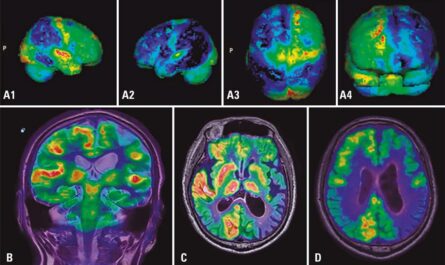Researchers have identified three potentially unique acoustic features of healing music that transcend genre, according to a study published in General Psychiatry. The discovery could contribute to the development of personalized playlists for patients, using artificial intelligence to analyze individual physiological and psychological responses. It could also aid in the evaluation of the effectiveness of current music therapy methods.
This study aimed to investigate whether healing music shares specific acoustic features, regardless of genre, and to determine if these features differ from those found in regular music.
To compile a healing music library, the researchers sought recommendations from 35 experienced therapists in music therapy practice and research. This led to a collection of 165 different pieces of music frequently utilized by the experts in their daily practice or believed to be helpful for emotional and other mental health issues.
These pieces were then compared with 330 classical music pieces, 50 traditional Chinese five-element music pieces, 100 jazz recordings, and 300 emotional music recordings from the Chinese affective music system.
The researchers used a tool called Mirtoolbox to extract musical features from the audio files for statistical analysis, segmentation, and clustering. While some features were specific to certain genres, the majority were shared among all genres.
To determine if these commonalities contributed to the healing properties of the music, the researchers compared them with healing classical music pieces and traditional five-element Chinese music. This analysis revealed that more than a quarter of the acoustic features differed significantly between the healing pieces and regular pieces of the same genre.
Additionally, there was strong evidence that all healing music pieces and traditional Chinese music shared nearly 10% of their acoustic features. Based on this, the researchers identified three potentially distinctive acoustic features of healing music that were independent of genre, differentiated from regular music of the same genre, and consistent across various types of healing music.
These features were the standard deviation of roughness, the mean of the third coefficient of the mel-frequency cepstral coefficients (MFCC3), and the period entropy of MFCC3. The standard deviation of roughness describes the deviation of perceived irregularity or harshness from the average, while the MFCC captures the energy in different frequency ranges.
The researchers note that roughness is an essential perceptual feature of music that can evoke different moods and emotional responses in listeners. For example, dissonant intervals with high roughness can evoke tension, while consonant intervals with smoother sounds can induce relaxation.
The findings were validated when comparing the acoustic features of jazz pieces in the healing music collection with those of regular jazz music. The researchers believe these findings support previous research indicating that music is a universal language that transcends culture and genre.
While the study relied on a relatively small number of experts to create the healing music collection, and cultural factors may limit the generalizability of the findings, the researchers suggest that incorporating the identified acoustic features into music could enable healthcare professionals to create personalized playlists for patients. This could be achieved by using AI algorithms to analyze physiological and psychological responses in real time.
The implications of these findings are wide-ranging and can be applied in various contexts, such as music therapy for stress reduction, mental health, and chronic pain management.
Note:
1. Source: Coherent Market Insights, Public sources, Desk research
2. We have leveraged AI tools to mine information and compile it



